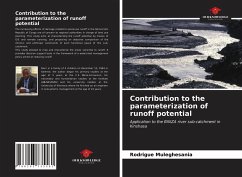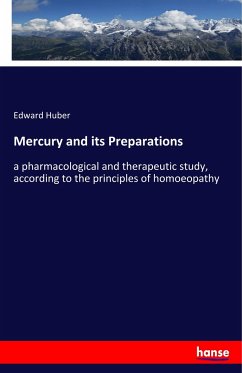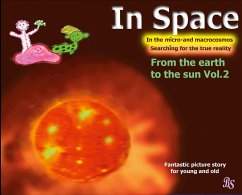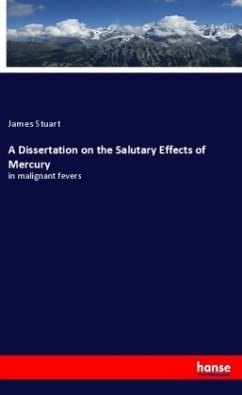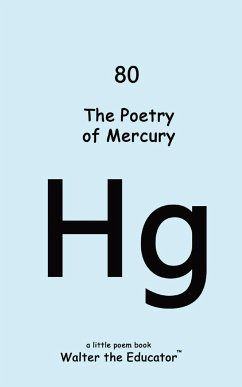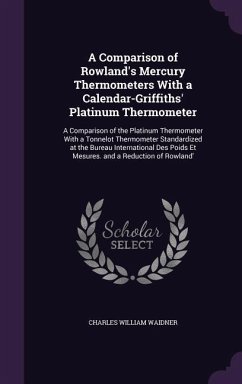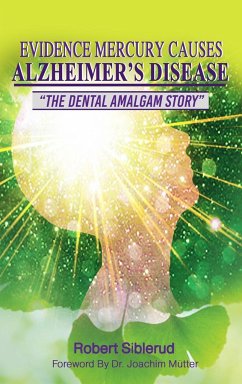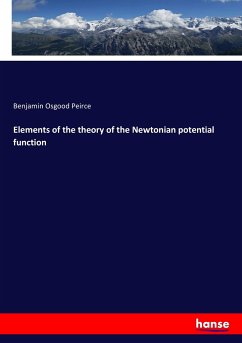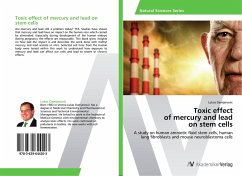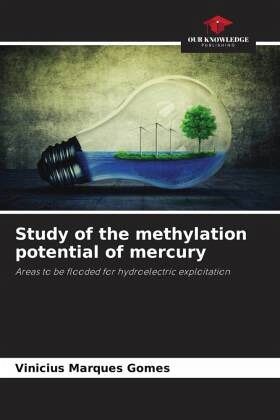
Study of the methylation potential of mercury
Areas to be flooded for hydroelectric exploitation
Versandkostenfrei!
Versandfertig in 6-10 Tagen
40,99 €
inkl. MwSt.

PAYBACK Punkte
20 °P sammeln!
Since the late 1980s, the behavior of mercury in the Amazonian environment and its toxicity have been discussed in an attempt to determine the true risk that this element poses to the ecosystem. In the aquatic environment, mercury can be methylated by biological and/or chemical processes. Among the mercury species, methylmercury (MeHg) is the most toxic, which is due to its high stability, lipid solubility, and ionic properties that allow it to cross membranes of living organisms. Mercury methylation and accumulation in biota is greatest in the aquatic environment and can be considered the key...
Since the late 1980s, the behavior of mercury in the Amazonian environment and its toxicity have been discussed in an attempt to determine the true risk that this element poses to the ecosystem. In the aquatic environment, mercury can be methylated by biological and/or chemical processes. Among the mercury species, methylmercury (MeHg) is the most toxic, which is due to its high stability, lipid solubility, and ionic properties that allow it to cross membranes of living organisms. Mercury methylation and accumulation in biota is greatest in the aquatic environment and can be considered the key step in understanding its cycle. The interest in the ecotoxicological study of MeHg is due to the fact that it is a neurotoxin, having the tendency to bioaccumulate and biomagnify, becoming a risk to human health. In this work, a study was carried out in the region of the Madeira River in the area of influence of the Jirau Hydroelectric Power Plant, determining the concentration of total and organic mercury in water, soil and sediment samples, and it was found that these values are below the levels recommended by Brazilian law, showing no evidence of contamination.



